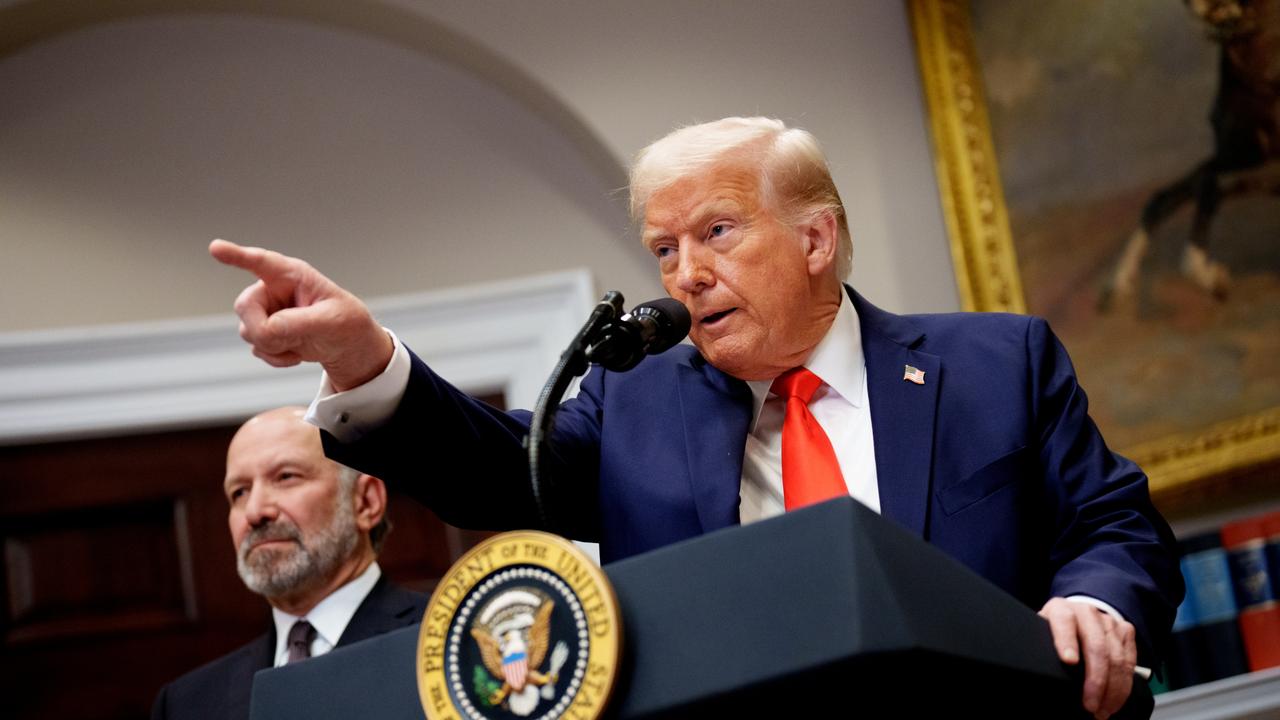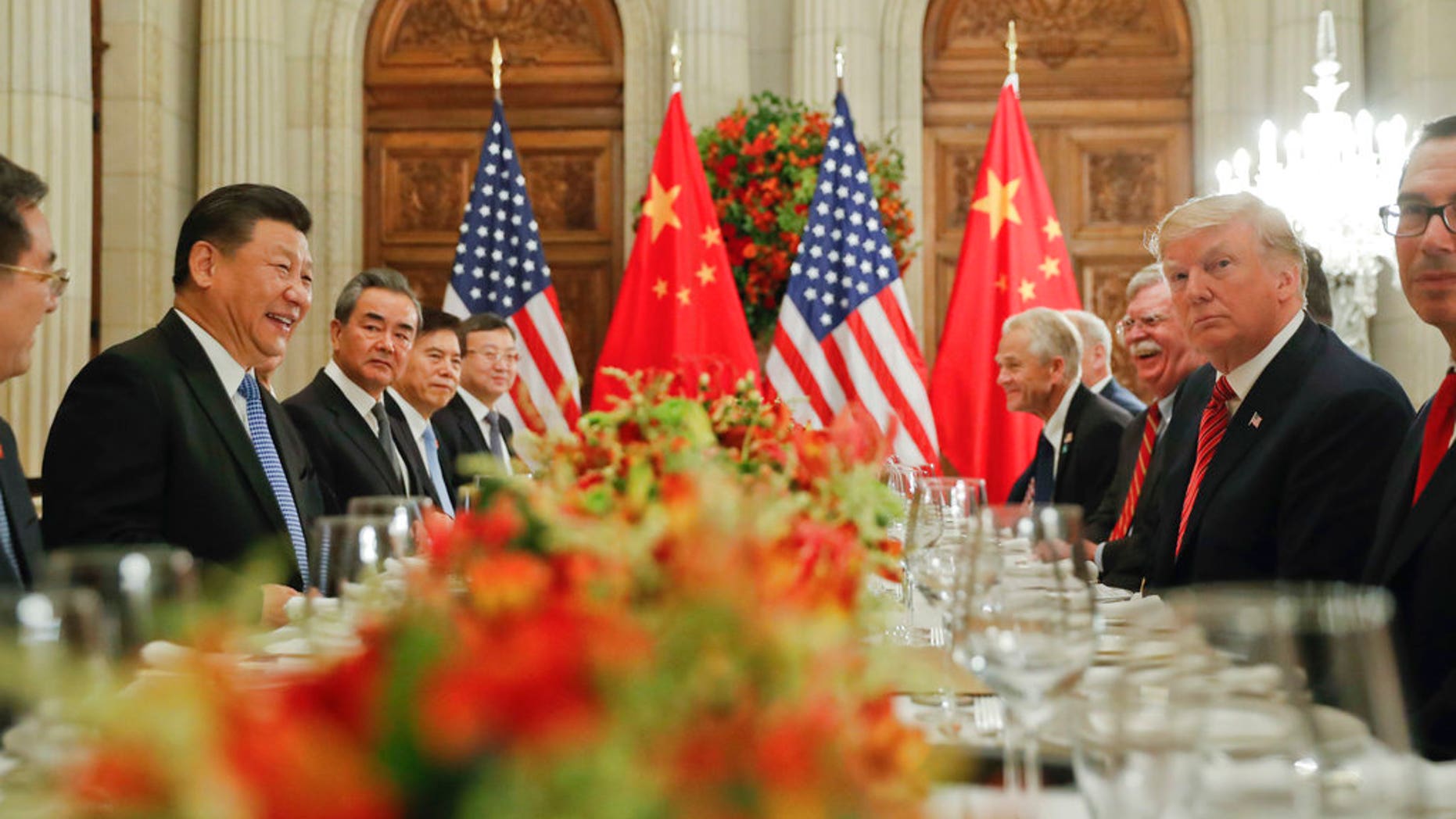Tomahawks and Red Lines: Inside the Latest U.S.–Russia Flashpoint- A new chill has entered U.S.–Russia relations after President Vladimir Putin issued a pointed warning to President Donald Trump regarding Washington’s potential decision to supply Ukraine with long-range Tomahawk missiles. The move, Putin said, would represent a “dangerous escalation” and risk the collapse of what he described as the last threads of diplomatic trust between Moscow and Washington.
The warning comes as the Trump administration reconsiders its strategy toward the ongoing war in Eastern Europe. Following months of lobbying from Kyiv, U.S. officials are reportedly weighing whether to approve the transfer of Tomahawk cruise missiles — a weapon capable of striking targets hundreds of miles inside Russian territory.
According to sources familiar with the discussions, the decision rests on a delicate balance: whether giving Ukraine deeper strike capabilities would deter further Russian aggression or instead provoke an unpredictable military response from Moscow.
A High-Stakes Debate in Washington
Within the Trump administration, the debate is split. Vice President J.D. Vance and Special Envoy Keith Kellogg have been leading a review of U.S. military aid, focusing on the potential repercussions of crossing what Moscow considers a “red line.”
President Trump, known for his transactional foreign policy style, has so far avoided a blanket approval. Instead, he is said to favor case-by-case authorizations, evaluating Ukrainian requests individually. This approach, insiders say, reflects Trump’s intent to keep strategic ambiguity — maintaining leverage over both Kyiv and Moscow while projecting control over an increasingly volatile conflict.
Behind closed doors, officials argue that Ukraine’s need for long-range precision weapons has grown urgent. Russian infrastructure, supply hubs, and command centers deep inside its borders have remained largely untouched — a key advantage that keeps Moscow’s war effort resilient. For Ukraine, the ability to strike those targets could reshape the dynamics of the battlefield.
Moscow’s Warning Shot
From the Kremlin’s perspective, however, the implications extend far beyond the battlefield. Putin stated that delivering Tomahawks to Ukraine would not “change the outcome of the war,” but would instead mark a political and psychological rupture in U.S.–Russia relations.
“Such a move would not go unanswered,” the Russian leader warned, hinting at possible retaliatory measures — both diplomatic and strategic. Analysts in Moscow suggest this could include closer military cooperation with China or Iran, renewed cyber operations targeting Western infrastructure, or escalated pressure in regions like the Arctic and the Black Sea.
Europe on Edge
European allies have reacted with visible unease. Nations such as France and Germany continue to advocate restraint, fearing that the introduction of long-range U.S. missiles could blur the line between defensive support and direct NATO involvement. Others, including Poland and the Baltic states, view the move as long overdue — a necessary step to weaken Russia’s strategic depth.
The European Union, meanwhile, faces renewed pressure to present a unified stance. As one senior diplomat put it, “Washington’s choices now determine whether Europe prepares for peace or braces for another decade of confrontation.”
A Balancing Act for Trump
For President Trump, the decision represents a test of his foreign policy doctrine — one that mixes transactional realism with a desire to project strength. Supporters argue that carefully controlled missile transfers could deter further Russian escalation and strengthen U.S. bargaining power in future peace talks. Critics warn it risks igniting a wider confrontation and undoing any progress made toward de-escalation since Trump’s return to office.
As the world waits, both Moscow and Kyiv are bracing for Trump’s next move. Whether the U.S. chooses to arm Ukraine with Tomahawks or hold back could shape not only the war’s next chapter but also the global balance of power in the years ahead.




